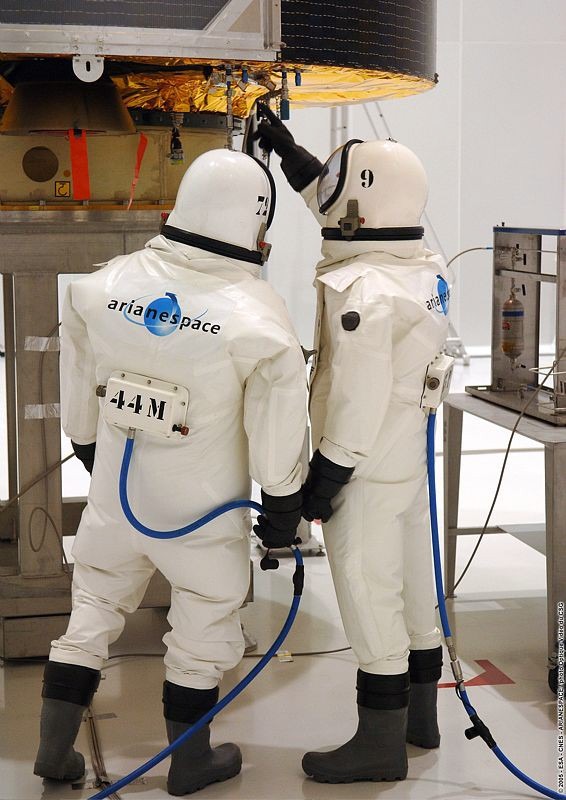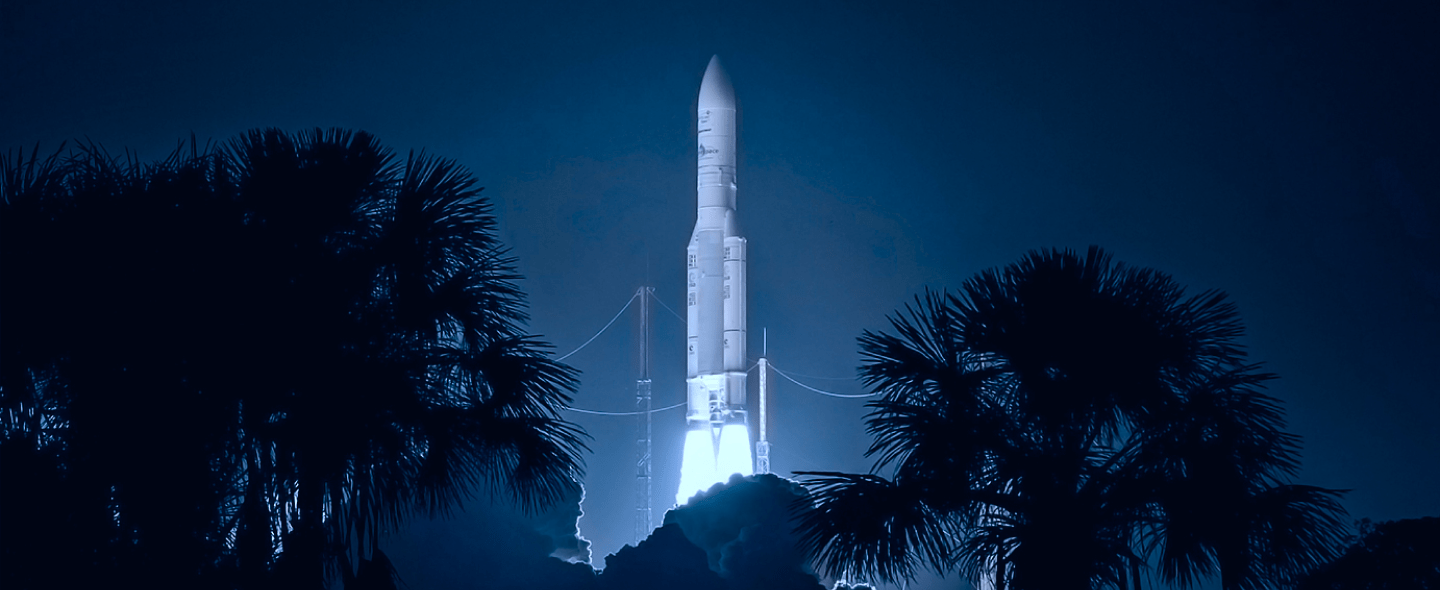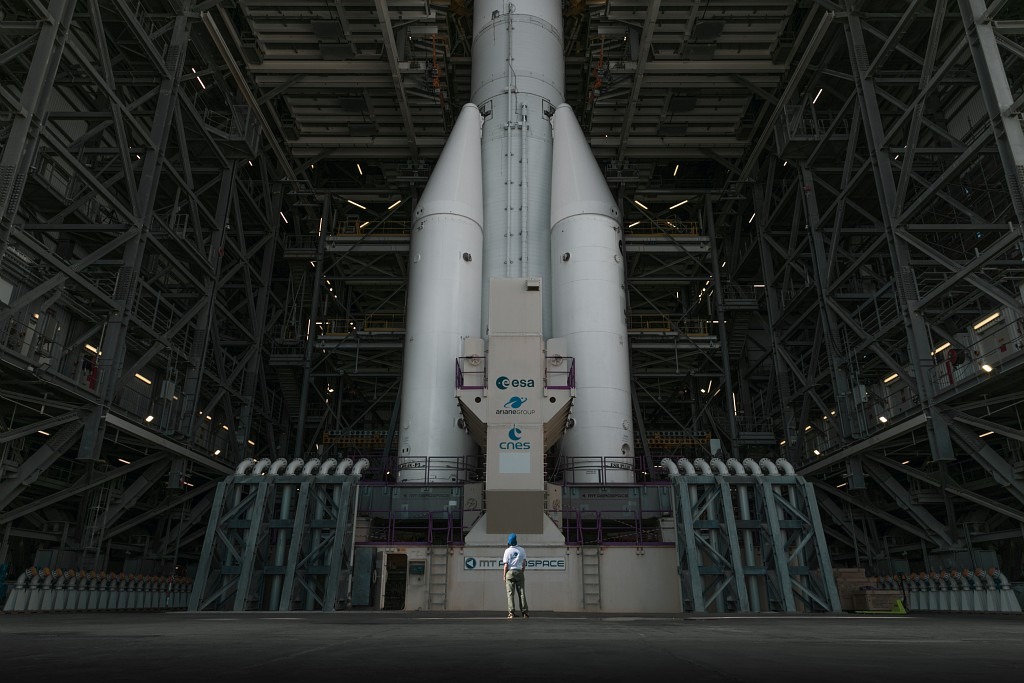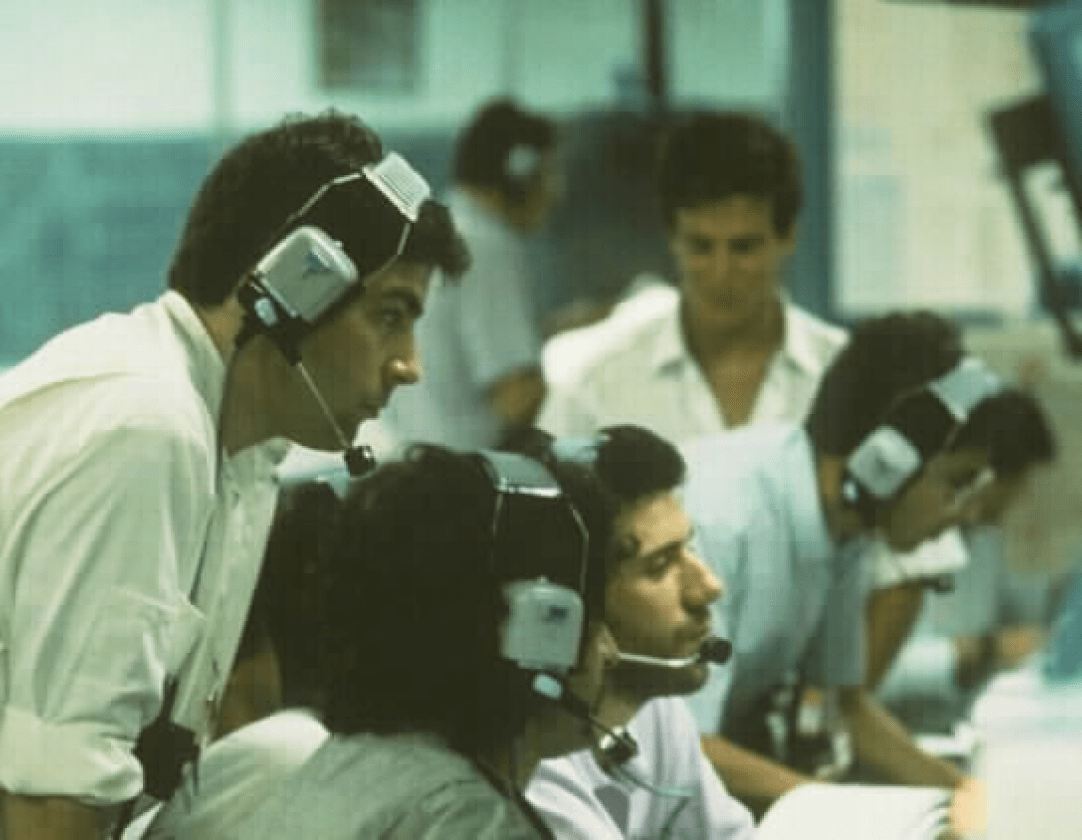Deeply rooted in European space history
ArianeGroup’s roots are embedded in the history of Europe’s space industry. Its prestigious predecessors were the bedrock of the Airbus and Safran groups. One of the ancestors of Airbus was SEREB (Société d’Étude et de Réalisation d’Engins Balistiques), founded in 1959 at the start of the French space programme. In 1971, it was integrated into Aérospatiale, and then Aérospatiale-Matra Lanceurs Stratégiques et Spatiaux. The company became EADS Launch Vehicles in 2000, then EADS Space Transportation and later EADS Astrium in 2006, and included the activities of Matra Marconi Space, the space division of DaimlerChrysler Aerospace and ERNO Raketentechnik.
The origins of Safran go back to the Société Européenne de Propulsion (SEP), founded in 1969 from the merger of Société d’Etude de la Propulsion par Réaction (SEPR), created in May 1944, with the spacecraft division of Société Nationale d’Étude et de Construction de Moteurs d’Aviation (Snecma). In 1971, SEP was augmented by the industrial operations of Laboratoire de Recherches Balistiques et Aérodynamiques (LRBA). In 1997, SEP itself was fully integrated into Snecma, which became Snecma Group in 2001, and then into the Safran group following the 2005 merger with Sagem. Herakles, founded in 2012, combined SEP’s solid propulsion with energetic materials from Société Nationale des Poudres et Explosifs (SNPE).






